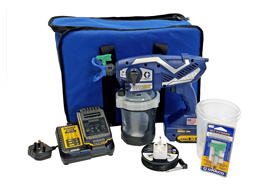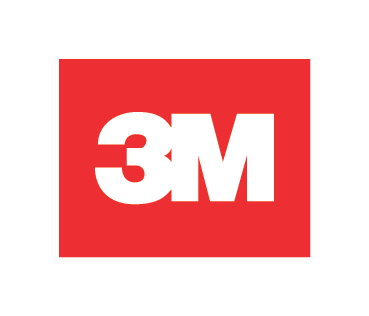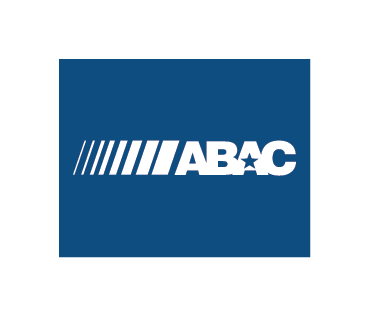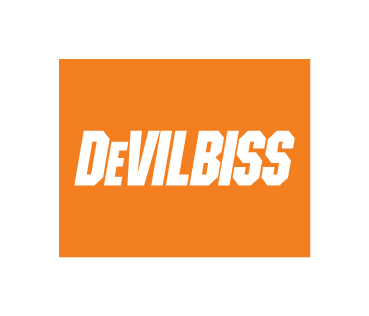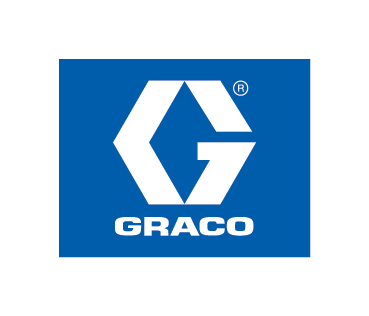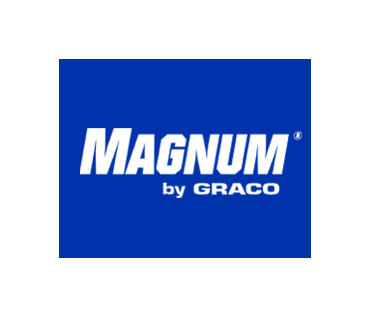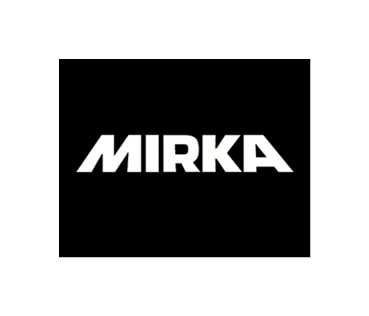Choosing the right tip for your job is essential
The spray tip affects a job's profit margin as much as any other piece of equipment on the site.
- Optimize your performance
- Improve your work quality
- Control your costs
How do tips work?
- An airless sprayer pumps and pressurizes the paint without the use of air.
- The paint is then forced to go through the small orifice of the tip under high pressure (up to 350 bar).
- This process atomizes the paint in a controlled fan width and flow rate (same effect as placing your thumb on the end of a garden hose)
The pump produces:
The tip defines:
- The spraying angle
- The spraying volume
The tip size tells the pump how hard it must work in order to maintain the desired pressure.
Choosing the right tip
- Decreases overspray
- Provides more control
- Results in less time to spend on the job
- Less paint usage
- Higher profits
How to choose the right tip
Getting the most from your spray tip depends on several factors:
- The Fan Width of a tip is defined by it’s spray angle when spraying at 30 cm distance from the surface. The angle is indicated with one number only (the first on the tip) For example, 5 corresponds to an angle of 50°. To obtain the fan width, multiply the number of the angle by 5: 5 x 5 = 25 cm fan width.
- The Orifice Size defines the amount of paint that will flow through the tip. It is indicated by the last two digits: for example 17 corresponds to a hole size of 0.017 of an inch or 0.43 mm Your actual flow rate will depend on your spraying pressure and the paint you are using: high pressure equals more flow; heavier paints equal less flow.
- Every sprayer has a maximum output level - It is important never to exceed the maximum spray tip size that your machine can handle.
- The type of paint as well as the surface you are spraying define the kind of tip you should use. See the product brochure for full details.
- Tips do wear and need replacement. There are two main causes for tip wear - working pressure at the gun and Abrasive material.
To explain what tip wear is and what this means to your business, think again of the similarities between spray tips and drill bits. Have you ever tried to drill into concrete using a worn out bit? If you have, then you know that it takes much longer to drill, takes much more effort and the drilled hole ends up being very unprofessional. It is the same with continuing to spray with a worn out tip.
Note that by using a worn out tip you might surpass the maximum output of your sprayer. Using a worn out tip will end up costing you much more than the cost of replacing a tip (labour + paint).

